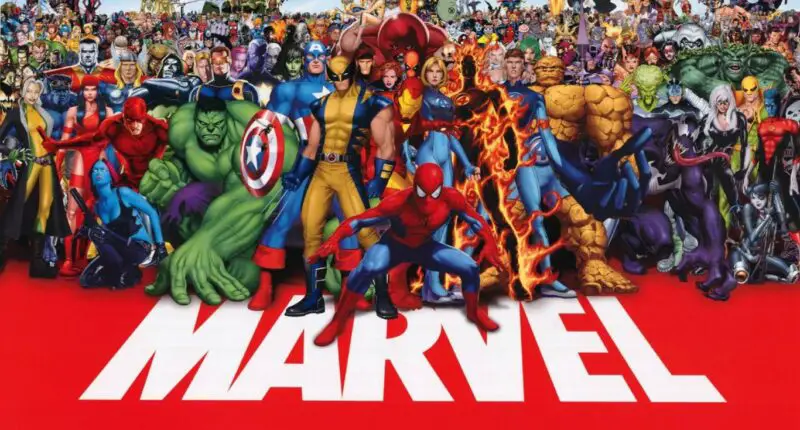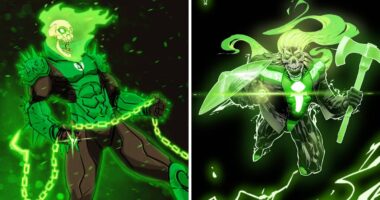Marvel Entertainment, the company behind the Marvel Cinematic Universe (MCU), has had a long and complex history. let us know how marvel went from bankruptcy to billions. It was founded in 1939 as Timely Publications and has undergone several ownership and name changes. In the 1990s, Marvel faced financial difficulties due to mismanagement and a decline in the popularity of comic books. These struggles reached a peak in 1996, when the company’s stock value collapsed and its future seemed uncertain. However, Marvel was able to overcome these challenges and eventually became a multi-billion dollar business. This turnaround can be attributed to a combination of factors, including licensing and partnerships, the success of Marvel Studios, and the acquisition by The Walt Disney Company. Today, Marvel is known for its popular media franchises, including the Avengers and Spider-Man, and its films have become a major force in the entertainment industry.
Prophesy
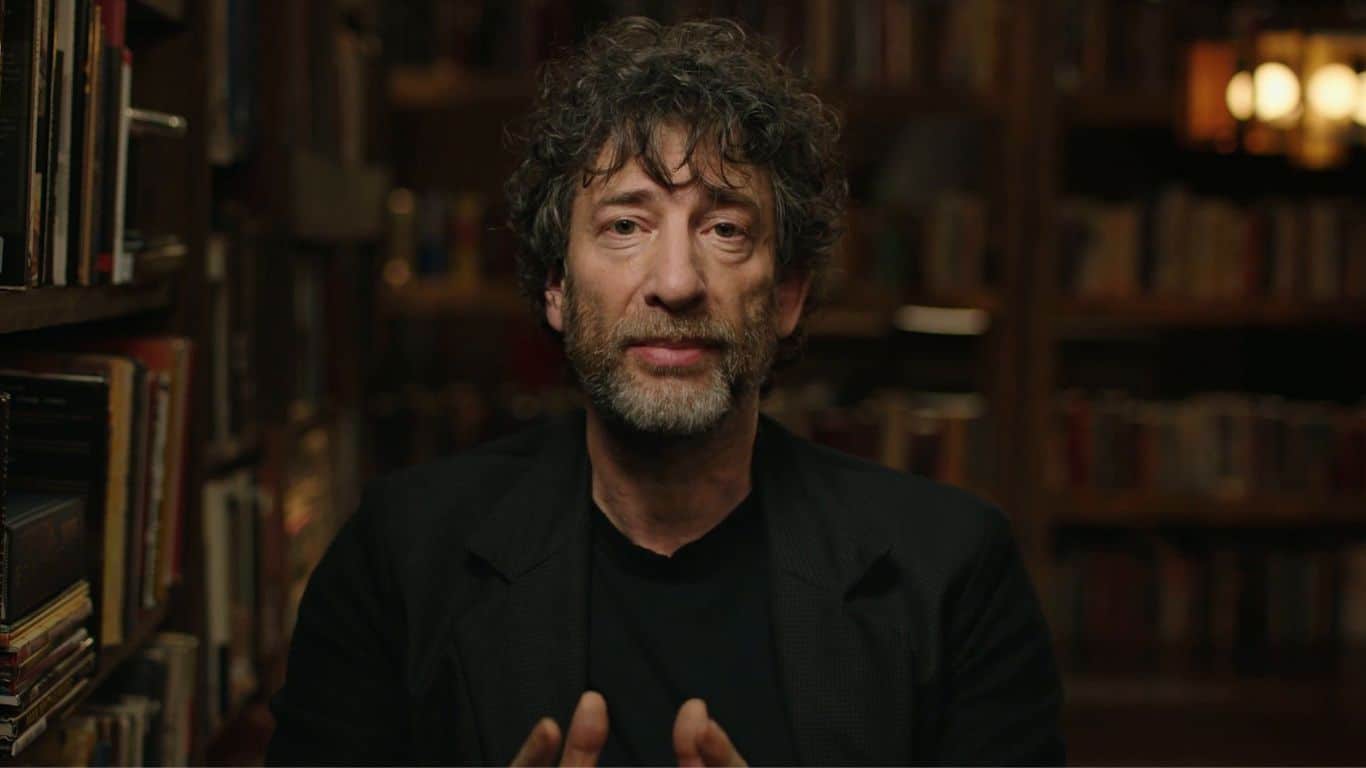
In 1993, Neil Gaiman, a writer for Sandman, gave a speech in front of approximately 3,000 retailers warning them that the success of the comic book market was a bubble, fueled by collectors buying multiple copies in the hopes of reselling them for a profit in the future. Gaiman likened the situation to tulip mania, a period in the 17th century when the value of tulip bulbs suddenly skyrocketed before collapsing again. Gaiman argued that selling multiple copies of comics to the same person was like selling bubbles and tulips, and that eventually the bubble would burst. The comic book market had begun to attract significant attention from collectors in the 1980s, and publishers had started introducing variant covers with fancy printing techniques to appeal to this market. However, Gaiman’s warning proved prescient, as the market experienced a downturn in the 1990s due to a variety of factors, including mismanagement and a decline in the popularity of comics.
Ron Perelman
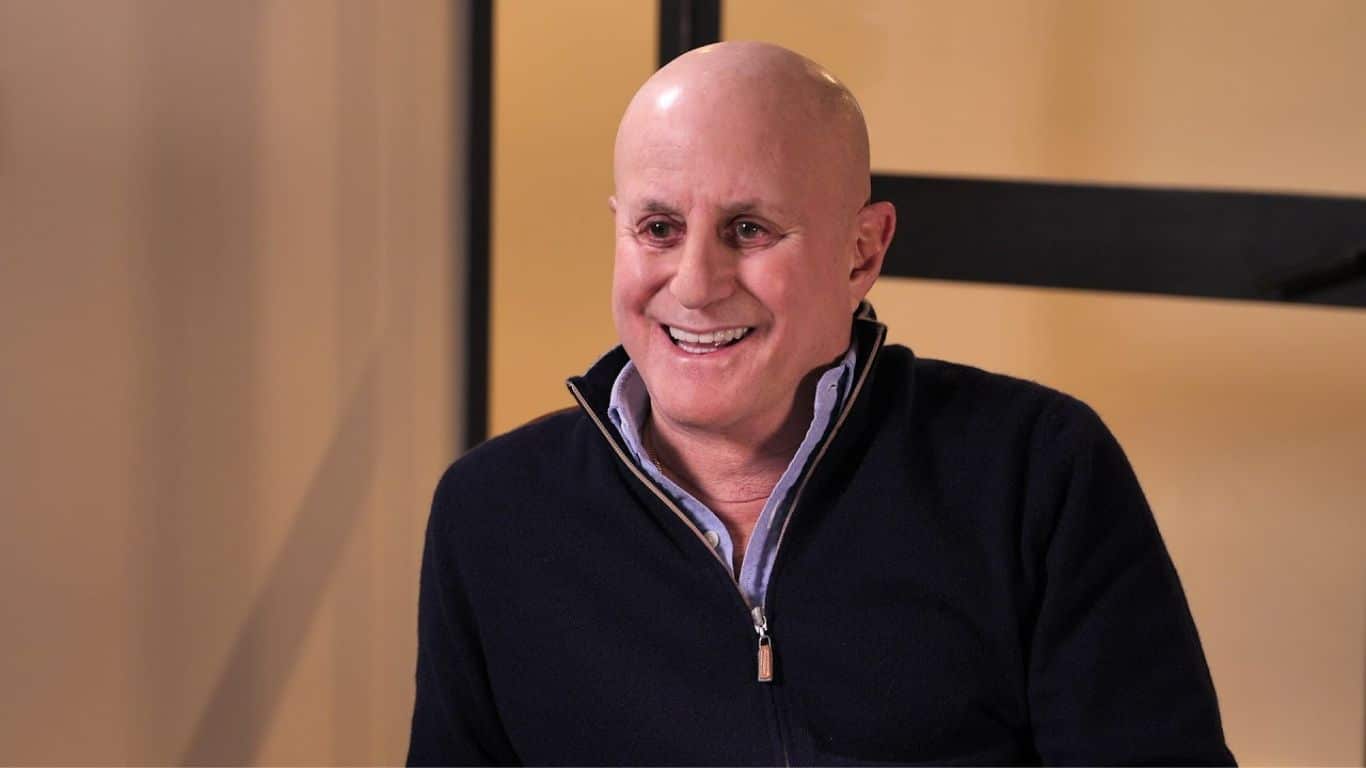
It’s important to note that Ron Perelman did not single-handedly destroy Marvel Entertainment. The company faced a variety of challenges in the 1990s, including mismanagement and a decline in the popularity of comic books, which contributed to its financial difficulties.
However, Perelman’s ownership of Marvel has been a subject of controversy. Perelman acquired Marvel in 1989 through his holding company, MacAndrews & Forbes, and took the company public soon after. He then made a series of acquisitions, including ToyBiz and trading card companies, at a cost of around $700 million. These acquisitions were funded through a combination of cash, debt, and stock offerings, which increased Marvel’s debt burden significantly.
Perelman’s approach to managing Marvel has been criticized by some, who argue that he prioritized financial engineering and maximizing shareholder value over the long-term stability of the company. This approach led to a series of financial and legal problems for Marvel, including a lawsuit from bondholders and a shareholder revolt that resulted in the departure of several top executives. In 1996, Marvel filed for bankruptcy, and it was eventually acquired by The Walt Disney Company in 2009.
While it’s difficult to pinpoint a single cause for Marvel’s financial struggles, it’s clear that Perelman’s ownership of the company was a significant factor. His decisions and actions as owner contributed to the company’s financial difficulties and played a role in its eventual bankruptcy.
Marvel Comics
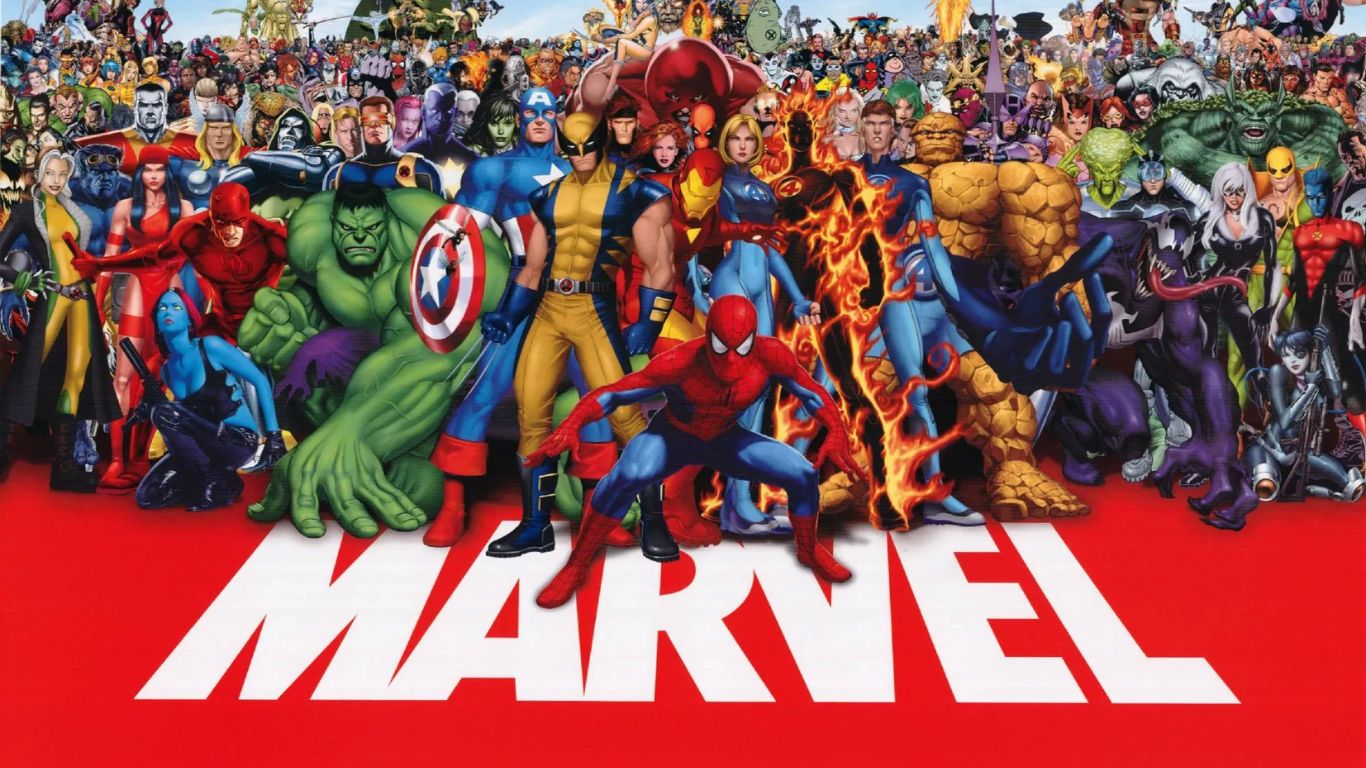
As Neil Gaiman had warned, the comic book market experienced a downturn in the 1990s, with revenues from comics and trading cards declining significantly between 1993 and 1996. This downturn affected Marvel, which had previously seemed invulnerable as it grew in size, and the company faced financial difficulties. Scott Sassa, the chairman and CEO of Marvel at the time, observed that “when the business turned, it was like everything that could go wrong did go wrong.” Some have argued that Ron Perelman, the owner of Marvel, contributed to the company’s financial struggles through his business tactics, which included raising prices and increasing output in an attempt to capture a larger share of the market. However, these tactics ultimately led to a decline in the number of collectors due to the high cost and perceived declining quality of Marvel comics.
While Ron Perelman, the owner of Marvel, has been criticized for his role in the company’s financial struggles, it is not clear to what extent he was directly responsible for the overall decline in the market. Perelman later admitted that he had not anticipated the problems that Neil Gaiman had warned about in his speech, and that he had not fully understood the extent to which the market was driven by speculators buying multiple copies with the intention of reselling them for a profit.
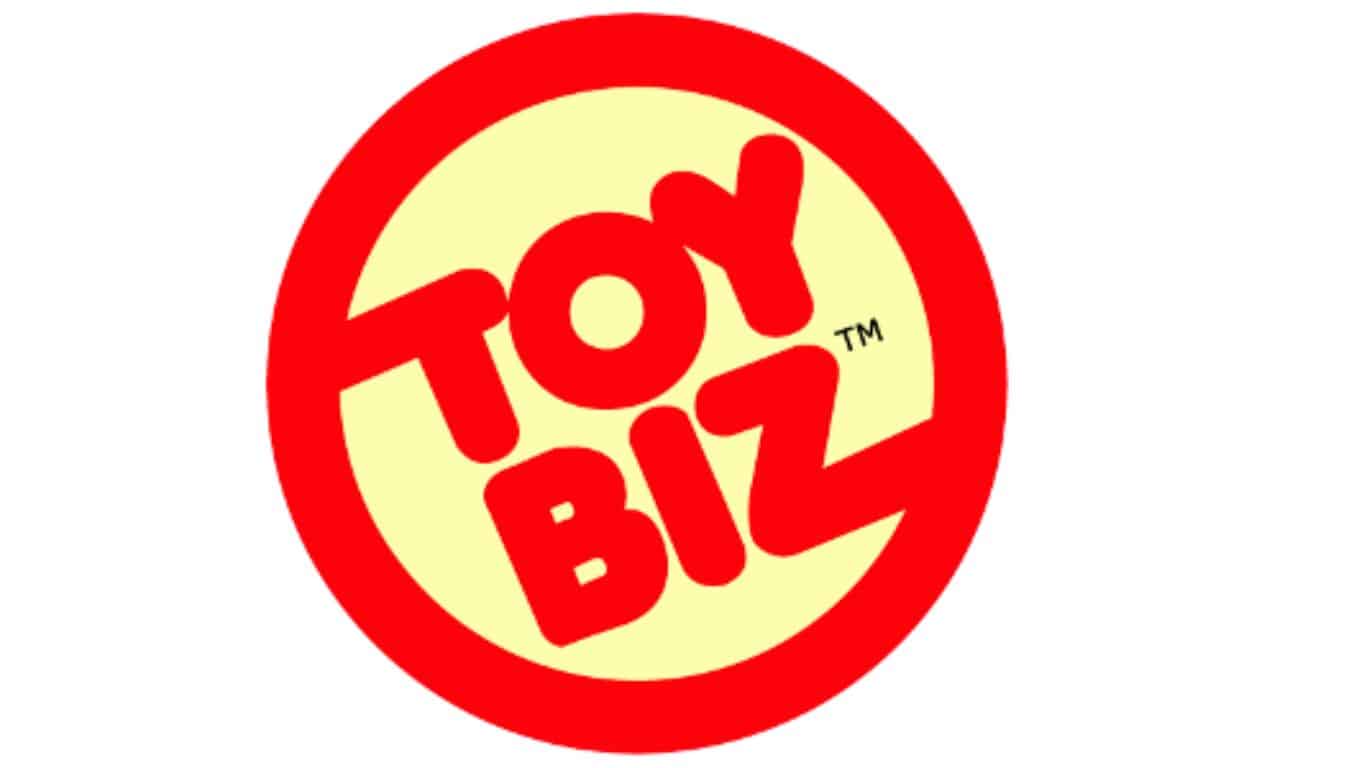
By 1995, Marvel Entertainment was heavily in debt and facing significant losses. In an effort to turn things around, Ron Perelman, the owner of Marvel, set up Marvel Studios with the goal of bringing the company’s famous characters to the big screen after years of legal disputes. To do this, he planned to buy the remaining shares in ToyBiz and merge it with Marvel to create a stronger entity.
However, Marvel’s shareholders resisted this move, arguing that it would cause too much damage to the company’s share price. In response, Perelman filed for bankruptcy, which gave him the power to reorganize Marvel without the consent of the shareholders. This led to a lengthy power struggle between Perelman and Carl Icahn, a shareholder who opposed Perelman. In the end, ToyBiz and Marvel Entertainment Group were merged, but both Perelman and Icahn were ousted in the process. Other executives with ties to Perelman, including CEO Scott Sassa, were also removed.
They were replaced by ToyBiz executives Isaac Perlmutter and Avi Arad, who installed Joseph Calamari, the former CEO of Marvel, as the new CEO. With the financial intrigue in the boardroom settled, Marvel turned its focus to the movie industry, a goal it had been pursuing since the 1980s.Avi Arad was a successful CEO in the toy industry who rose to prominence at ToyBiz. In 1993, Marvel bought a 46% share in ToyBiz, and Arad received a 10% share as part of the deal. He initially oversaw the production of Marvel action figures at ToyBiz but eventually replaced Stan Lee as the head of Marvel Films.
Arad served as executive producer on the popular animated TV series X-Men and secured a deal with 20th Century Fox to make an X-Men movie. However, Marvel’s financial struggles made it difficult for Arad to convince Hollywood executives of the company’s value as a producer of films. Things began to change in the late 1990s when Marvel’s fortunes started to improve with the success of Blade and X-Men. While these films were successful at the box office, Marvel only received a small percentage of the profits. Arad lamented that “we were giving away the best part of our business.”
characters sold by marvel
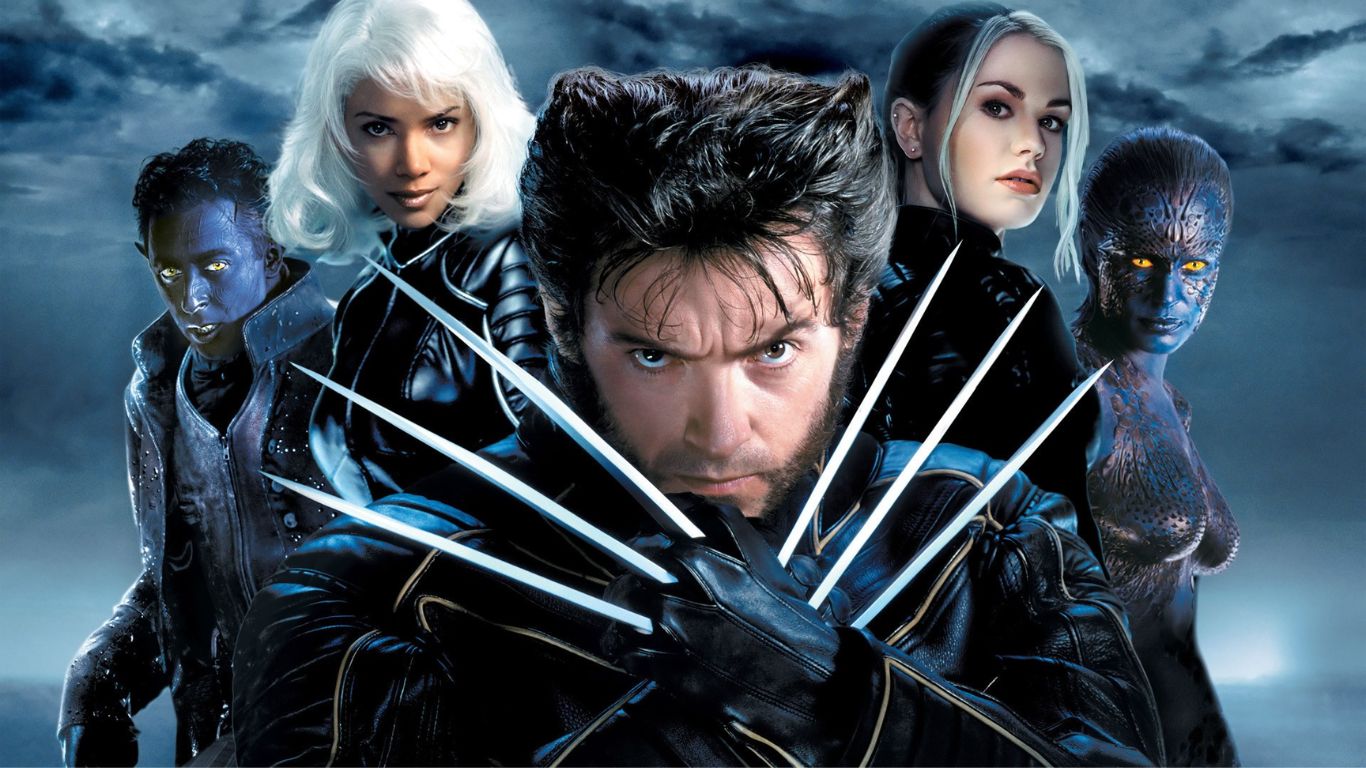
Some of the characters that were sold by Marvel Comics during Ron Perelman’s ownership of the company include:
1 X-Men:
The rights to the X-Men franchise were sold to 20th Century Fox in 1994, allowing the studio to produce live-action films and television shows based on the characters.
2 Spider-Man:
The rights to Spider-Man were sold to Sony Pictures in 1999, resulting in a series of successful films featuring the character.
3 Captain America:

The rights to Captain America were sold to Paramount Pictures in 2003, leading to the production of several films based on the character.
4 Fantastic Four:
The rights to the Fantastic Four were sold to 20th Century Fox in 1994, resulting in a series of films featuring the team.
5 Hulk:
The rights to the Hulk were sold to Universal Pictures in 2003, leading to the production of several films featuring the character.
6 Avengers:
The rights to the Avengers were sold to Marvel Studios in 2005, allowing the company to produce live-action films and television shows featuring the team.
7 Thor:
The rights to Thor were sold to Marvel Studios in 2006, leading to the production of several films featuring the character.
Marvel in movies
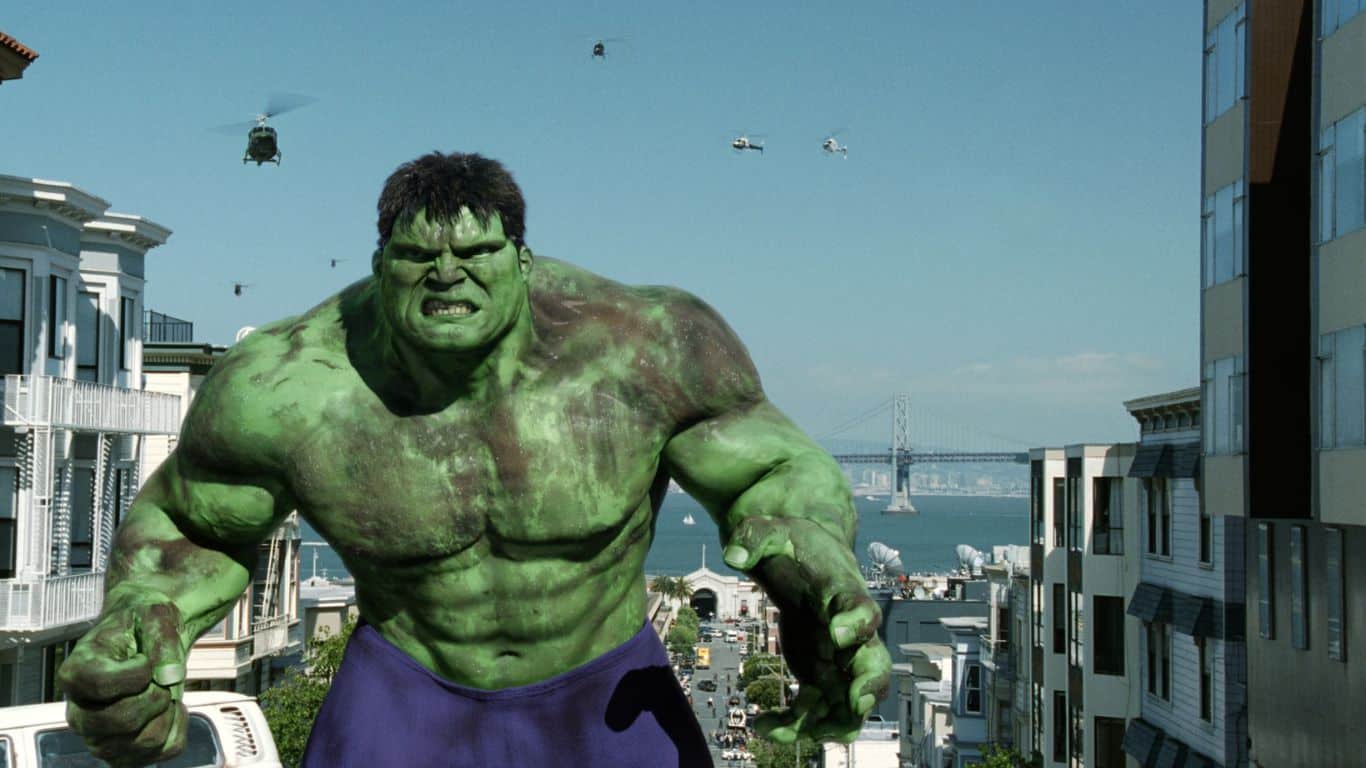
In 2003, David Maisel, a talent agent, approached Marvel’s Isaac Perlmutter with the suggestion of producing their own movies, allowing the company to keep the profits for themselves and allowing for crossover stories like in the comics. While the idea had the potential to bring in significant profits, it faced challenges in terms of convincing Marvel’s board of directors and obtaining financing. In 2005, Marvel struck a deal with Merrill Lynch, offering characters like Thor and Captain America as collateral in exchange for access to $525 million over seven years to fund 10 movies with budgets ranging from $45 million to $180 million. This allowed Marvel to reacquire the rights to characters such as Iron Man, Black Widow, Thor, and Hulk. Iron Man was announced as Marvel’s first independent production, and the company made another important acquisition that would contribute to its future success.
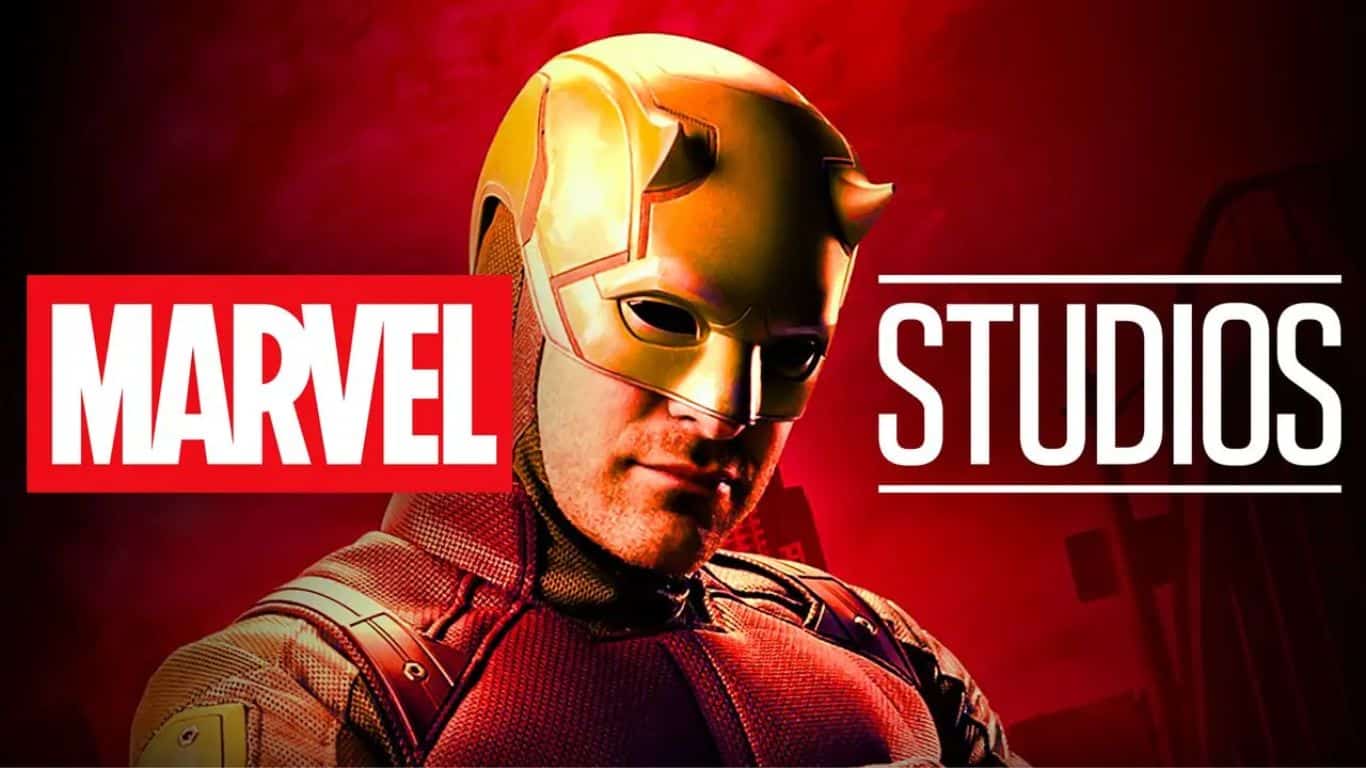
Marvel big success
Kevin Feige started his career in the film industry as an assistant to producer Lauren Shuler Donner and quickly rose to the role of producer on Fox’s X-Men at the young age of 27. He went on to produce various Marvel films, including Spider-Man, Daredevil, and Hulk, and was appointed president of Marvel Studios in 2007. Under his leadership, Marvel’s success continued with the release of Iron Man, which grossed over $585 million and kickstarted the Marvel Cinematic
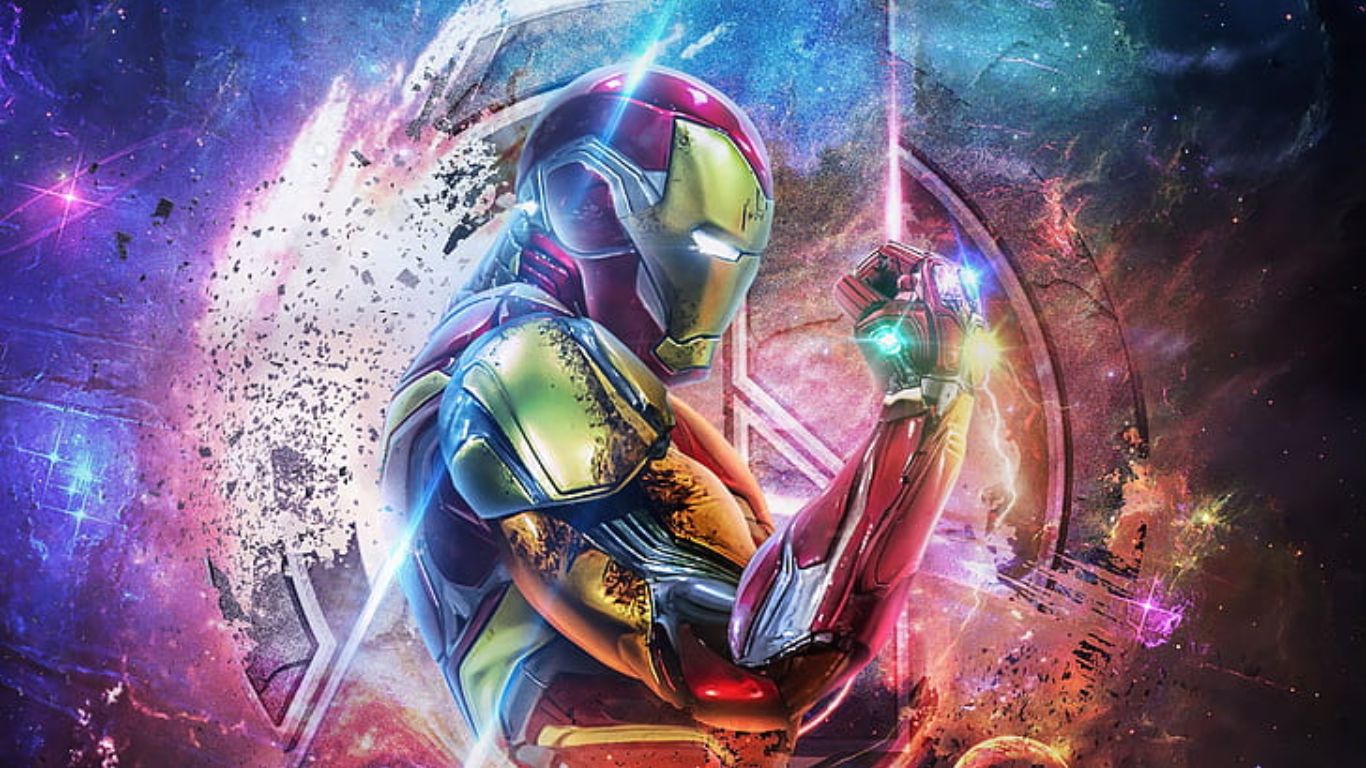
Universe. In 2009, Disney acquired Marvel for $4.3 billion, and the company has continued to thrive with the release of blockbuster films such as The Avengers, Guardians of the Galaxy, and Black Panther. Despite facing financial struggles in the past, Marvel has transformed into a multi-billion dollar success.
Also Read: How Comics Are Graded
